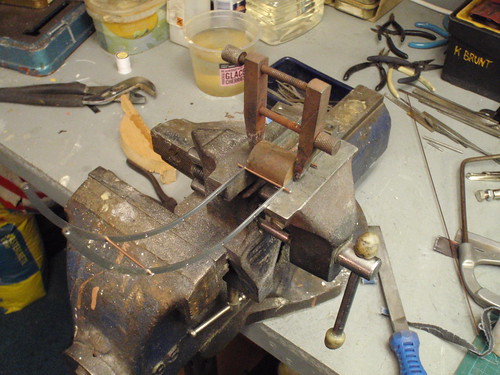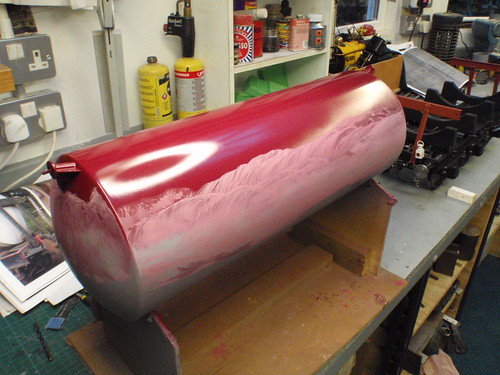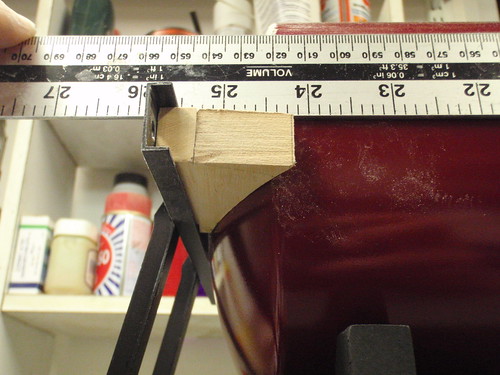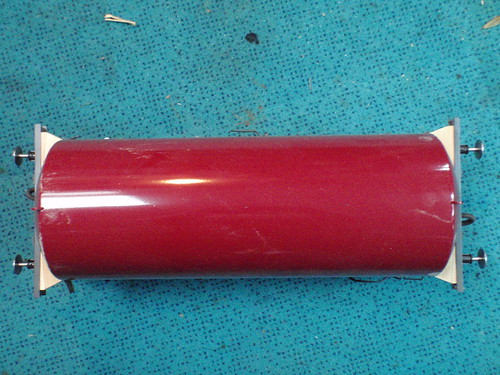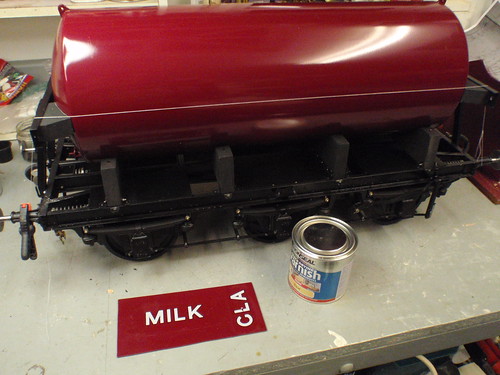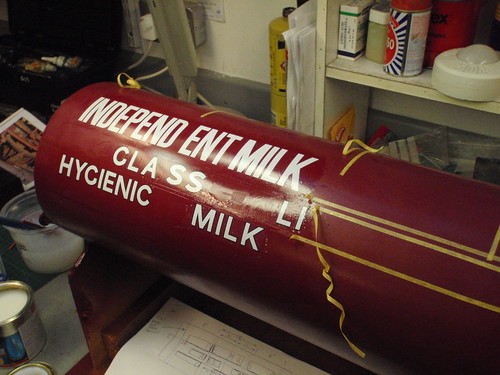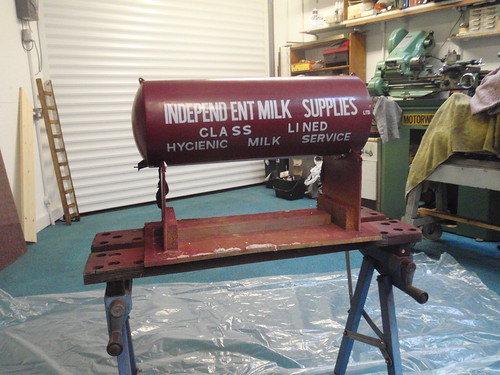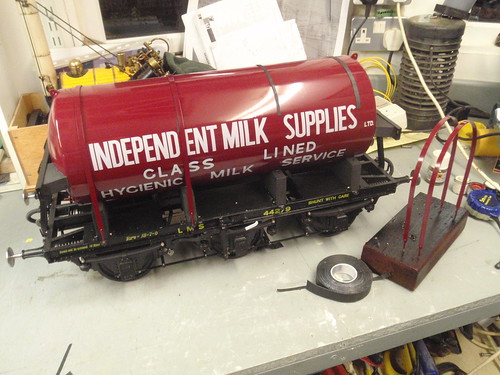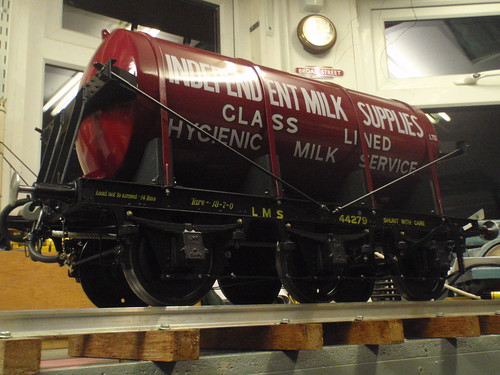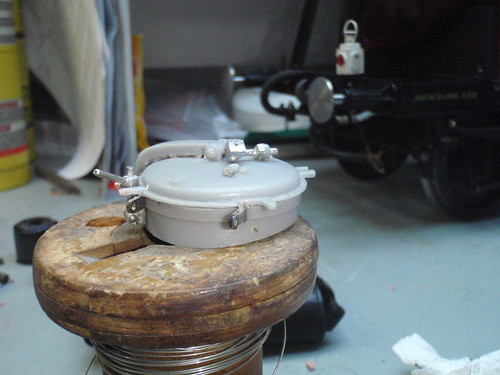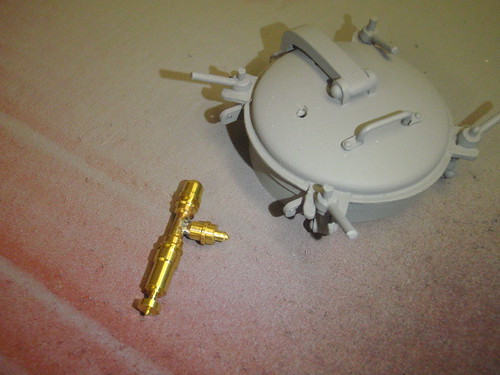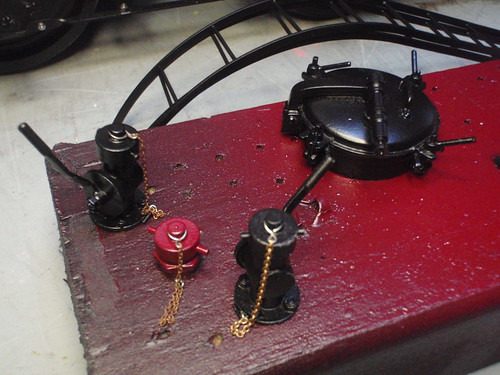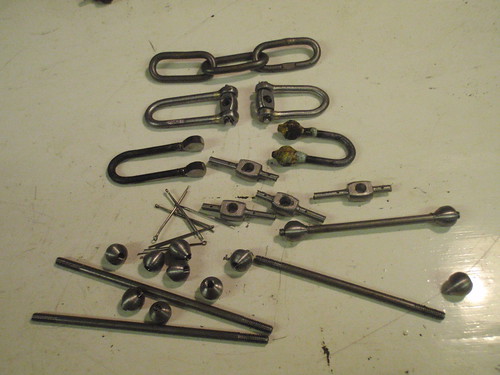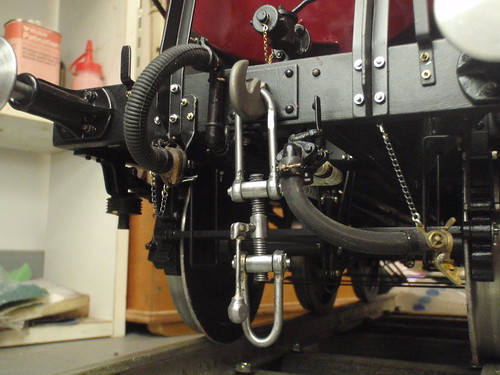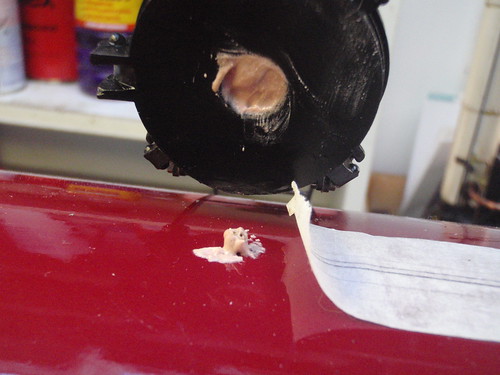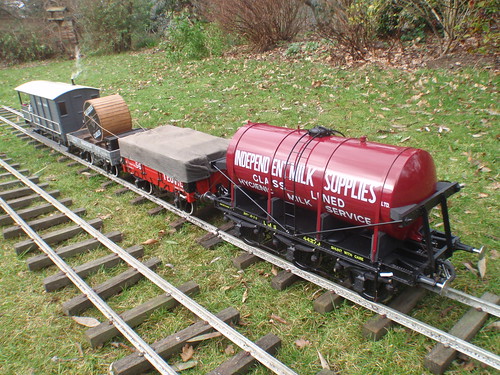Richard,
Yes indeed there is a waterbased varnish avialable just
Google this
Vallejo - Acrylic gloss Varnish Aerosol 400ml. not cheap but it is 400ml. I found a write up on garden railway club website -
Google -
Converting an LGB van into an ÖBB Dienstwagen where it was used in a very simular application over waterslide transfers. I might splash out and give it a try.
Mean time....
I have been playing with the test piece. Having read Martin's article in Turnout No 50 I tried his method. Which uses the waterbased varnish to apply and seal the transfer then when its dry apply Plastikote polyurethane varnish. Typical of Plastikote it lays downa thick coat. I recon on my test piece it was 10thou. But in doing so it hides all the brush strokes etc. Needs a long time to cure. Not sure I like the polyurethane tint but it does work. This has been applied in the corner, diagonally over the A, on the test piece.
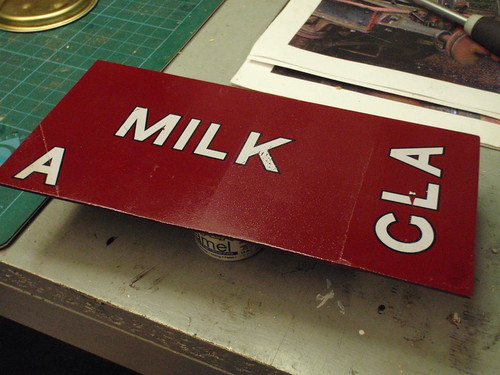
I managed to spray the waterbased varnish over the M and that worked ok. But it is runny as water was used to thin it and therefore there is a huge risk it would run if over done.
The CLA was in a bad way suffering from brush strokes etc. This has been left to dry and then just had 3 coats of Halford's lacquer applied flatting each coat. It also looks quite good considering. So I conclude the secret is in getting the varnish or lacquer layer thick engough to cover whats underneath.
So I am testing out on the letter L the following. Apply transfer using waterbase varnish. let dry one hour and apply second coat brush strokes applied across this time. let dry for say one day. Flatten with 1500 wet paper so it looks like this...

then apply a third coat. let dry say two days. flatten again and let dry. Then apply lacquer or may be the Vallejo Acrylic gloss Varnish. If result is not quite right flatten varnish or lacquer and recoat til its perfect. Hopefully I'll only have to do one coat. We'll see.
Keith
